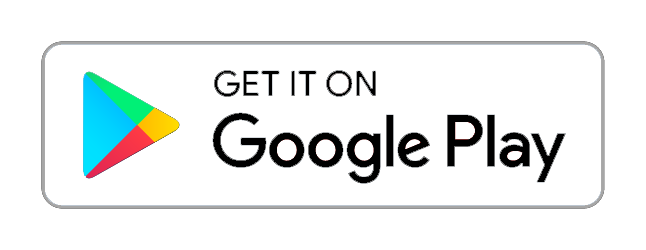Worker compensation plays pivotal role in providing essential support.
Introduction
Accidents and injuries can happen in any workplace, regardless of the industry or safety precautions in place. Its is a crucial system that provides financial support and medical benefits to employees who suffer work-related injuries or illnesses. This blog aims to shed light on the importance of workers’ compensation, its key components, and its significance for both employees and employers.
What is Workers’ Compensation?
This, also known as workman’s comp or workers’ comp, is a state-mandate insurance program design to protect employees who sustain injuries or illnesses in the course of their employment. The primary objective is to provide financial assistance and medical care to injured workers while also protecting employers from potential lawsuits related to workplace accidents.
The Purpose and Benefits of Workers’ Compensation
-
Financial Protection for Employees:
It ensures that employees receive compensation for medical expenses, rehabilitation costs, lost wages, and also potential disability benefits. This system alleviates the financial burden on injure workers and their families during challenging times.
Workers’ compensation is a no-fault system, meaning that employees are entitled to benefits regardless of who cause the accident or injury. This approach removes the need for employees to prove employer negligence, streamlining the process and providing quicker support.
-
Legal Protection for Employers:
In exchange for providing workers’ compensation benefits, employees typically waive their right to sue their employers for workplace injuries. This protects employers from expensive and time-consuming lawsuits, fostering a more harmonious work environment.
Coverage and Eligibility
This covers a wide range of work-relate injuries and illnesses, including accidents, repetitive strain injuries, and occupational diseases. However, to be eligible for benefits, certain criteria must be met:
Employment Status: The injure individual must be an employee of the company. Independent contractors and freelancers are usually not cover under workers’ compensation.
Work-Related Injury: The injury or illness must have occur while performing job duties or as a direct result of the job.
Timely Reporting: Injure employees must report the incident to their employer promptly to initiate the workers’ compensation claim process.
The Workers’ Compensation Claim Process
Reporting the Injury: As mention earlier, the first step is to report the injury to the employer or supervisor as soon as possible. Delays in reporting may lead to complications in receiving benefits.
Medical Evaluation: The injure employee may need to undergo a medical evaluation to assess the extent of the injury or illness.
Filing a Claim: The employer will provide the necessary forms and information to file this claim with the state’s workers’ compensation board or agency.
Benefit Determination: This board will review the claim and medical evidence to determine the appropriate benefits the injure employee is entitle to receive.
Benefit Disbursement: If the claim is approve, the injure worker will start receiving benefits to cover medical expenses and lost wages.
The Role of Employers
Employers play a crucial role in the this process. It is their responsibility to:
Provide a Safe Working Environment: Employers must maintain a safe workplace, implement safety protocols, and provide proper training to minimize the risk of accidents and injuries.
Offer Workers’ Compensation Insurance: Employers are required to carry workers’ compensation insurance or be self-insured to cover potential claims.
Assist Injured Employees: Employers should promptly respond to reported injuries, help employees with the claim process, and provide necessary support during the recovery period.
Conclusion
Workers’ compensation is an essential safety net that protects both employees and employers. By providing financial assistance and medical benefits to injured workers, it ensures that employees receive the support they need while preventing costly lawsuits for employers. Understanding this system is vital for fostering a safe work environment and upholding the well-being of the workforce.
For urdu visit our website














